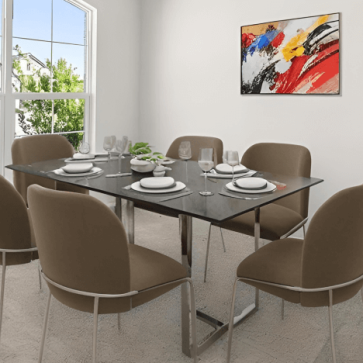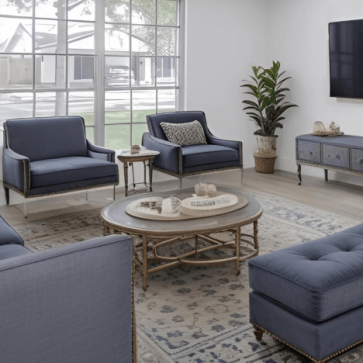What Is AI Virtual Staging?
AI virtual staging is the process of digitally furnishing property photos with artificial intelligence. It transforms empty or outdated rooms into fully furnished spaces in seconds, helping buyers imagine how a property could look once lived in.
Unlike traditional staging, which requires moving furniture into a home, AI staging is completely digital. Compared with earlier “manual” virtual staging, where designers placed furniture in editing software, today’s AI tools automate the process, cutting costs and turnaround time dramatically.
According to the National Association of REALTORS® (NAR), staging costs have tripled since 2019, and yet only 17% of agents report more than a 5% price increase on staged homes. These rising costs are one reason many agents and sellers are turning to AI staging for a faster, more affordable solution.
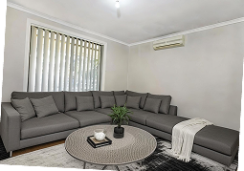
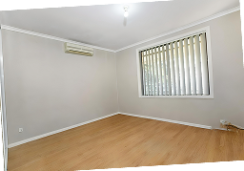
When Did AI Virtual Staging Begin?
Virtual staging first appeared in the mid-2000s as a digital alternative to physical staging. Designers manually placed furniture and decor into property photos using editing software. Soon agents began to realize the benefits of virtual staging and started using it. This approach lowered costs compared with moving furniture into a home, but was still time-consuming and required skilled design work.
AI-powered staging tools began to emerge around 2018 and became widely accessible in the early 2020s. By automating furniture placement, they made virtual staging faster, cheaper, and more scalable.
Today, agents use AI staging to market listings more effectively, photographers offer it as an add-on service, and homeowners rely on it as a budget-friendly way to showcase properties online. As statistics on virtual staging show, traditional staging costs have risen sharply in recent years and, as a consequence, the demand for AI solutions has grown, with more providers entering the market than ever before.
How Does AI Virtual Staging Work?

The process starts with an empty room photo uploaded to a staging platform. The platform analyzes the layout, flooring, walls, and lighting, then selects the correct perspective for inserting furniture and decorations.
After processing, the user receives a furnished version of the room that matches the original dimensions and angles. Most platforms generate results in seconds to a few minutes, making it much faster than traditional staging or manual digital editing.
Reputable AI staging tools also allow the user to refine the furnished version by replacing, removing, or adding items. This flexibility gives agents and sellers control over the final look, so the staged photos better match the needs of the property and the expectations of potential buyers.


How Much Does AI Virtual Staging Cost?
The cost of AI virtual staging varies by provider. For example, AI HomeDesign offers AI virtual staging at $0.24 per photo, while other providers may charge several dollars per image.
Some providers have credit-based plans, while others offer pay-as-you-go pricing.
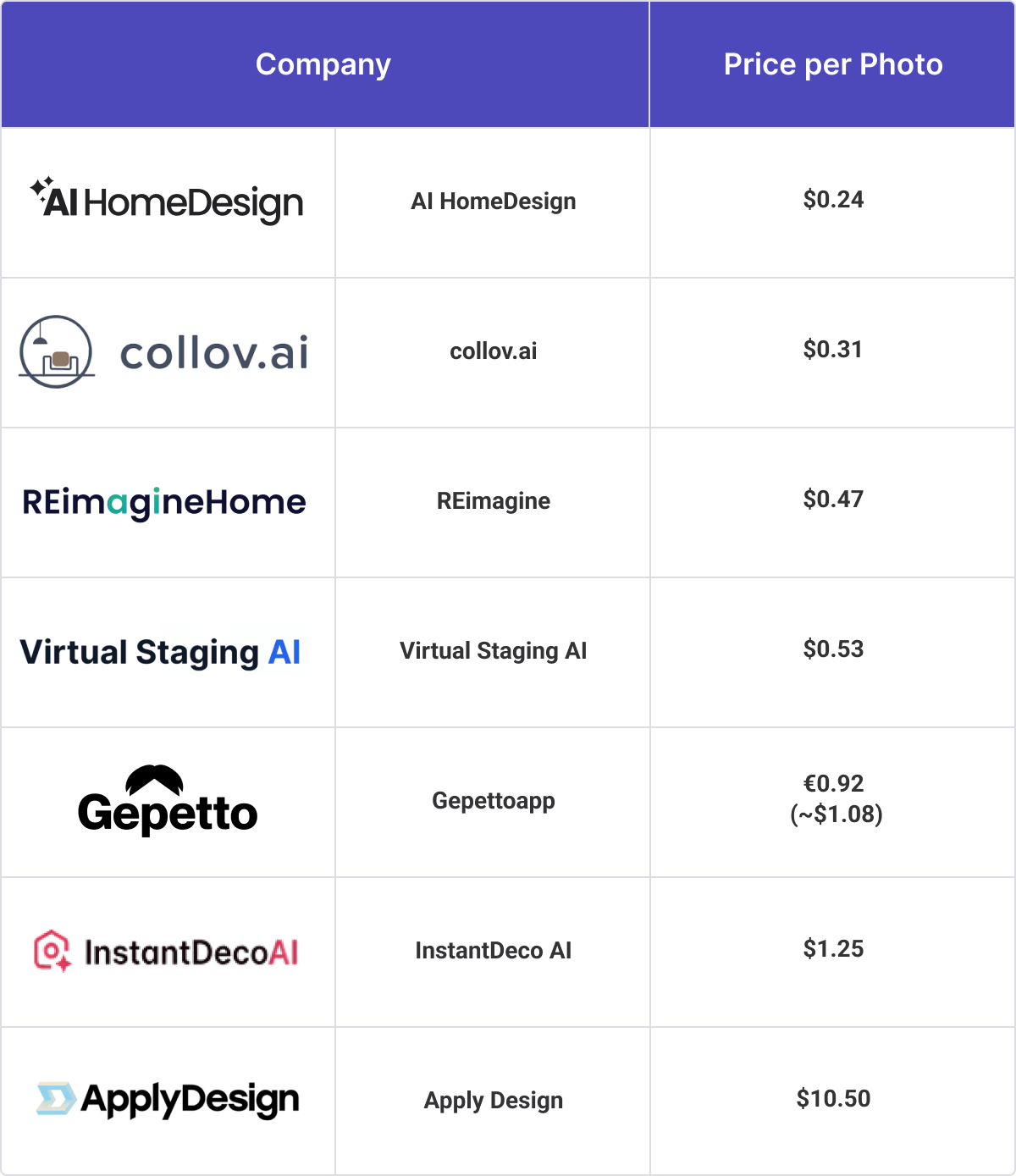
How Does AI Virtual Staging Differ from Real Staging?
Traditional home staging requires physically furnishing a property, while AI virtual staging creates digital interiors directly in listing photos. Both help buyers visualize a home’s potential, but they differ sharply in cost, speed, and flexibility.
- Cost: Physical staging typically ranges from $1,000–$3,500 per property, while AI staging often costs under $1 per photo.
- Speed: Physical staging takes several days to arrange, but AI staging delivers results in seconds to minutes.
- Flexibility: Virtual staging allows for multiple design styles and unlimited revisions, whereas real staging is fixed once the furniture is installed.
Read our full analysis of virtual staging vs. real staging to learn more.


What Skills Are Needed to Use AI Virtual Staging Tools?

AI virtual staging tools are designed to be simple and accessible, even for beginners. In most cases, users just upload a photo, select a design style, and wait for results.
The only thing necessary for DIY virtual staging with AI is basic computer literacy which you are more than likely to possess already. In other words, knowing how to upload, select, and download images covers everything you need.
What Are the Best AI Virtual Staging Companies Agents Can Trust?
There are quite a few AI virtual staging companies that agents, real estate photographers, and designers can use for their projects. AI HomeDesign, ApplyDesign, REimagine, and Virtual Staging AI provide reliable virtual staging software that real estate agents can use for their different needs.
Some of these companies only provide AI virtual staging, while others provide complementary services such as image enhancements, item removal, day-to-dusk, etc. To learn more about this, you can read our blog on The Best AI virtual Staging Companies in 2025.
Does Virtual Staging Help Homes Sell Faster?
Research suggests that photos of staged homes get more attention on MLS platforms. Naturally, listings with staged photos get more visits, and more visits often translate into more showings and stronger buyer interest.
However, several other factors influence how quickly a property sells, including its condition, location, price, and the state of the market. Suggesting that virtual staging alone speeds up the sale of a property is an oversimplification.
Is AI Virtual Staging Allowed on MLS Listings?
Yes, AI virtual staging can be used on MLS listings, but most associations require that the images be clearly labeled as virtually staged. The goal is to prevent buyers from being misled about the actual condition of the property. For example, if furniture is added digitally or items are removed, the listing should disclose that the changes were made for marketing purposes.
Rules can vary by region and by MLS. Some allow virtually staged photos as long as they are marked with a caption or watermark, while others may have stricter guidelines. What is consistent across markets is the expectation of transparency, which top virtual staging companies always comply with.
What Styles Can AI Virtual Staging Create?
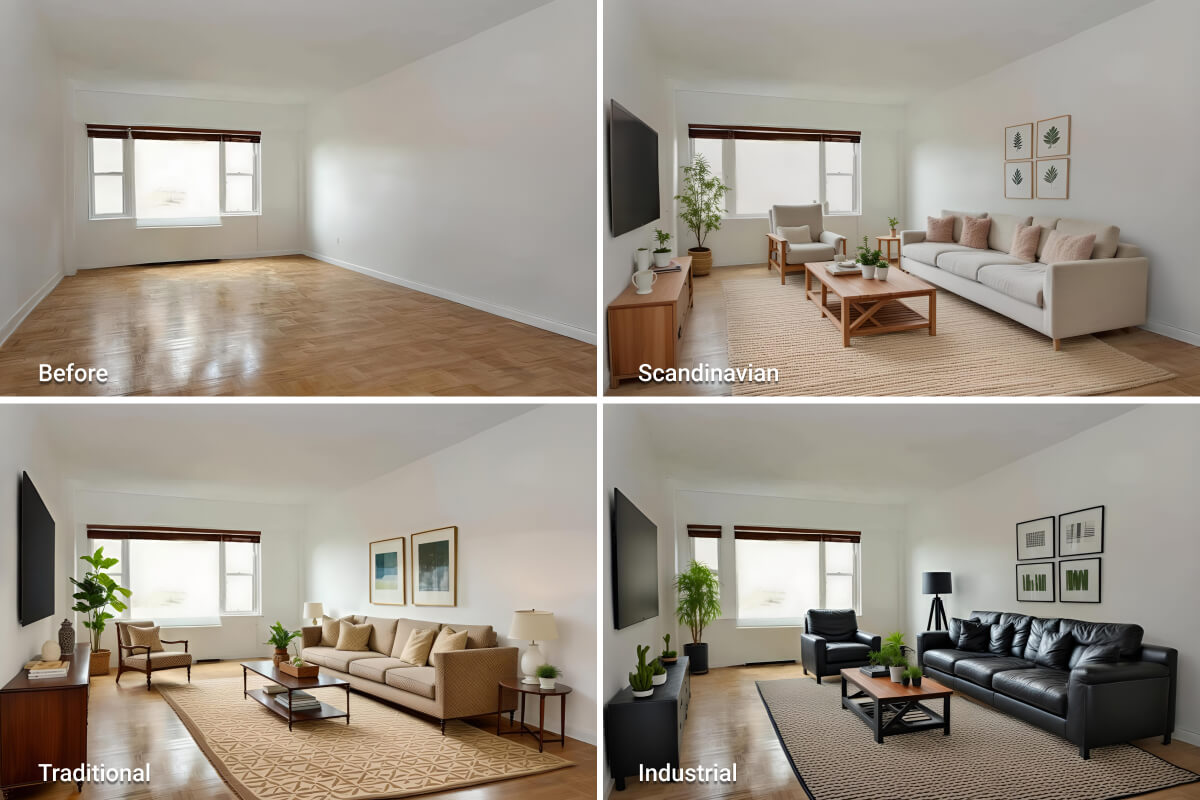
AI virtual staging platforms typically feature a broad selection of design styles to suit various property types and buyer tastes. For example, AI HomeDesign offers 8 design styles including modern, contemporary, Scandinavian, traditional, farmhouse, industrial, Hampton, and Prime. Additionally, some tools offer regional styles like Mediterranean or Japanese-inspired interiors. Buyer engagement tends to improve when staging styles reflect local preferences, such as coastal designs in Florida or industrial aesthetics in New York.
In many cases, the user simply selects a preferred style from a menu, and the software applies furniture and decor that fit that category. More advanced tools may allow adjustments to color palettes, furniture types, and room layouts.


Can AI Virtual Staging Be Used for Commercial and Luxury Properties?
Yes. AI virtual staging can be applied to a wide range of property types, including commercial and high-end residential listings.
For commercial spaces, the technology can furnish empty offices, retail units, or rental properties with desks, seating, and layouts that help tenants or buyers visualize how the area could be used.
For luxury homes, AI staging tools can apply more refined furniture and decor styles that match the expectations of high-value buyers.
Who Should Use AI Virtual Staging?
AI virtual staging can be useful for several groups in the real estate market. Real estate agents benefit by presenting listings more appealingly without the expense of physical staging. This makes it easier to market properties quickly and at a lower cost.
Photographers often add AI staging to their services as an additional offering for clients. It helps them deliver more complete marketing packages and differentiate themselves in a crowded market.
Homeowners, especially those selling without an agent, can use AI staging to prepare their listings with professional-looking images. Investors and property managers may also find it valuable for showcasing rental units or flips that are empty or in need of updates.
How Should I Choose a Good Virtual Staging Company for My Project?
Several factors should guide your decision when choosing a virtual staging company for your project. Consider the following:
- The scope of your work
- Your budget and pricing structure preferences
- Turnaround time requirements
- Quality of sample work and portfolio
- Available design styles and customization options
- Customer support and revision policies
- User reviews and company reputation
So, one way or another, you should compare the top contenders to make the right choice. To learn how to compare two virtual staging companies/software, you can check our comparison of AI HomeDesign vs. AI Virtual Staging and AI HomeDesign vs. BoxBrownie.


Conclusion
AI virtual staging has become a practical alternative to both physical and manual virtual staging. It lowers costs, shortens turnaround times, and gives agents and sellers the ability to present properties in ways that appeal to buyers online.
While it is not the only factor that determines how quickly a property sells, it plays an important role in making listings more appealing.
With staging costs rising in recent years, more professionals are turning to AI tools to prepare their listings. For agents, photographers, and homeowners, it offers a straightforward way to improve property photos without major investment.
FAQs
How long does AI virtual staging take?
How much does it cost to stage all the photos for a listing with AI?
The total cost depends on the number of photos and the pricing model of the tool. A typical listing may require 20 to 30 photos. With a reliable AI platform priced at around $0.24 to $1 per photo, staging a full set of images often falls between $5 and $30.
What are the limitations of AI virtual staging?
The limitations depend heavily on the platform. While AI HomeDesign Allows designing 11 types of rooms such as singles and double bedrooms, dinning rooms, Home Office, kitchen, bathrooms, kitchens, basements, nurseries, and patios, some tools may restrict the number of styles or room types.
How realistic are AI-staged photos?
What kind of photos work best for AI virtual staging?
Do buyers react differently to AI-staged photos compared with traditional staging?
Most buyers focus on how the space looks rather than the method used. As long as the images are realistic and disclosed as staged, AI photos are generally accepted.
That said, reactions can vary by market. In areas where digital tools are widely used, buyers may view AI staging as a standard part of marketing. In more traditional markets, some may prefer physically staged homes or be more skeptical of digitally altered photos.
Can AI virtual staging be combined with traditional staging?
Yes. Some agents use physical staging for key rooms, like the living room, and AI staging for secondary spaces to reduce costs.
What are some free virtual staging AI tools?
Most AI staging platforms provide trial credits, usually allowing users to stage 3–5 images for free to test the service. However, there are no fully free virtual staging tools that deliver consistent, high-quality results; ongoing staging always requires a paid plan.


